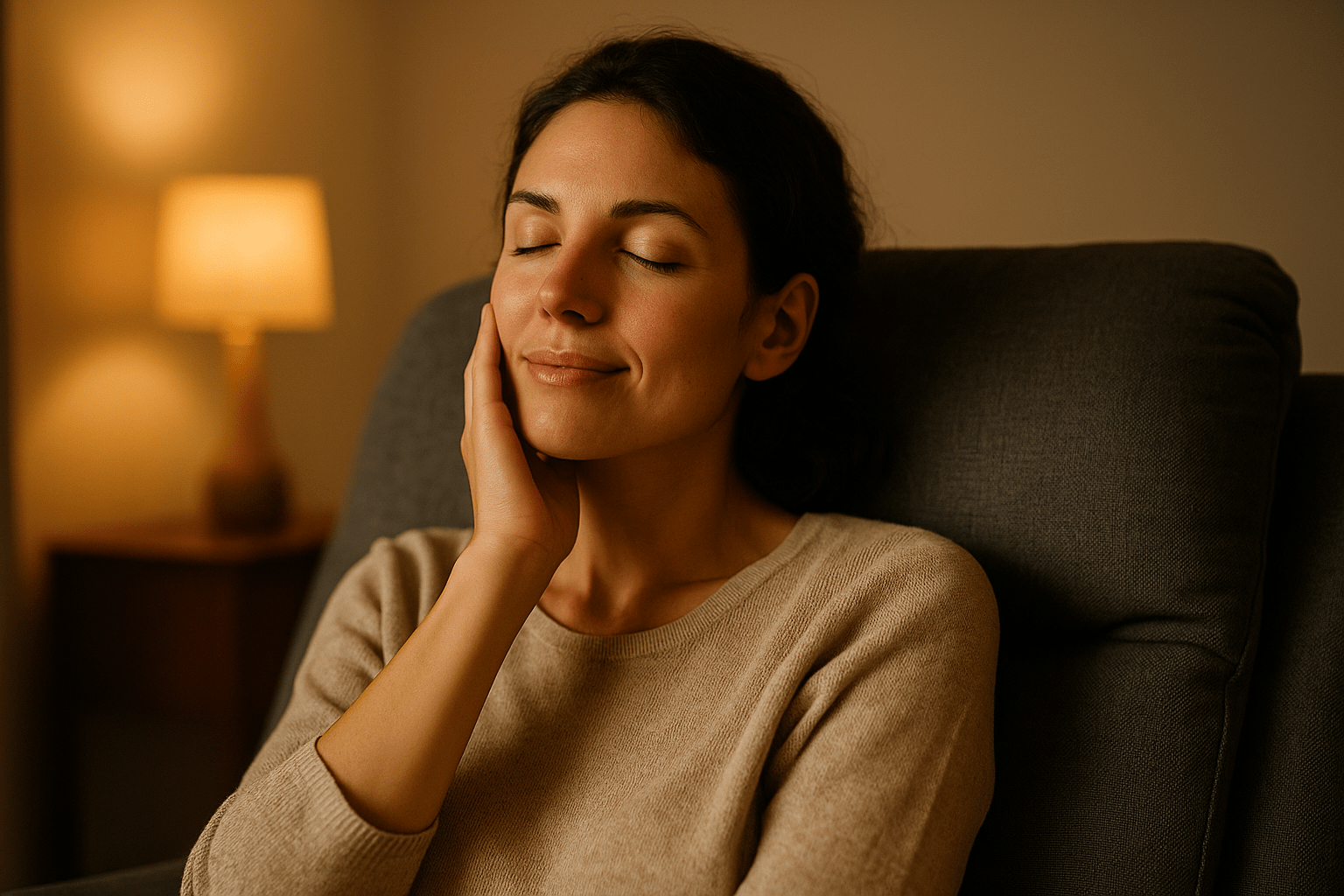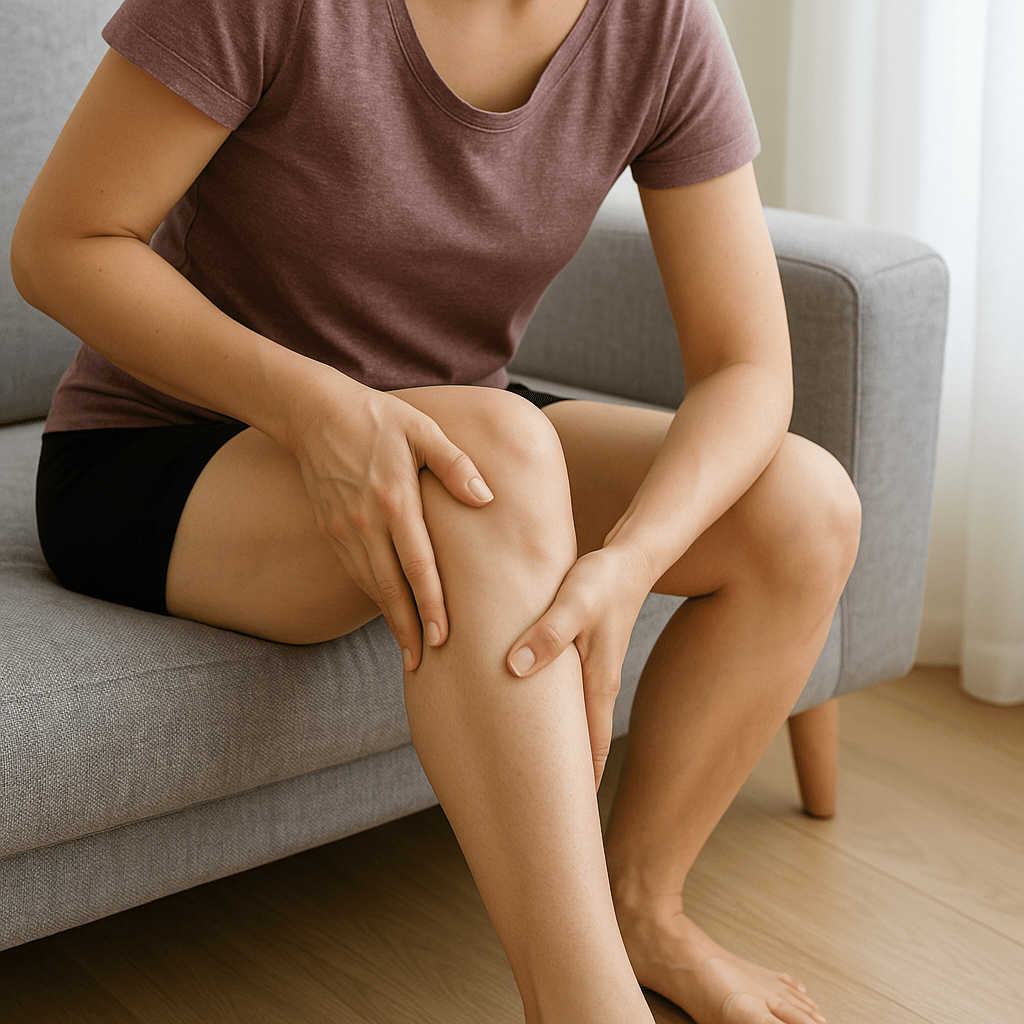Muscle pain after massages - What are the reasons and how can you avoid them?
Practiced for thousands of years, massage is one of the oldest forms of medical therapy in the world. Tui Na is the oldest documented massage technique. It originated in traditional China, around the 2nd century BC. Throughout the world, various techniques of massage have gradually developed independently of each other, and all of them had the same goal: properly applied, they allow us to relax both mentally and physically and recharge our batteries. Occasionally, however, muscle pain occurs after massages and there are several causes for this right away. What they are, how you can avoid them and whether they are cause for alarm, that...


Practiced for thousands of years, massage is one of the oldest forms of medical therapy in the world. Tui Na is the oldest documented massage technique. It originated in traditional China, around the 2nd century BC. Throughout the world, different techniques of massage have gradually developed independently of each other and all had the same goal: properly applied, they allow us to relax both mentally and physically and recharge our batteries.
Occasionally, however, muscle pain occurs after massages and there are several causes for this. What they are, how you can avoid them and whether they are a cause for concern, we would like to take a closer look today.
Reading tip: From head to toe: This is how massages help
Why can muscle pain occur after massages?
We go to a massage to relieve existing pain, release tension or simply to do something good for ourselves holistically. However, if instead you are confronted with pain after a massage treatment, you may understandably feel uneasy. Don't worry, this is usually a natural reaction of the body that can occur especially during manual therapies, but why?
In most cases, this is an initial worsening. This is understood to be a reaction to the actual treatment, which can briefly intensify existing symptoms or also affect neighboring regions. One reason for this may be, for example, that different regions of the body react differently to the pressure of the treatment. This also explains why manual massages more often achieve this effect, as it is difficult with the hands even for experienced masseurs to keep the pressure constant over different areas of the body.
The intensity of the pain itself can also vary. Some people may experience only a slight pulling or burning sensation in the muscles, while others may experience severe muscle soreness with dizziness, fatigue or even malaise. Basically, it is a form of the familiar muscle soreness.
The good news is that the initial worsening usually subsides after one to three days and especially affects people who have not yet experienced massage, which is why it is intuitively rarely perceived as such, but as other pain.
In addition to classic muscle soreness, there are other reasons for pain that can occur after a massage.
- Stimulation of the tissues: Massages can cause the body to transport harmful substances out of the tissues, which can temporarily cause pain. This occurs by stimulating blood circulation, but can also be brought about specifically by lymphatic drainage.
- Artificially induced inflammation: Kneading the muscles can simulate inflammation when overused, to which the body responds with an inflammatory reaction.
- Compensatory tension: If a muscle group is tense, neighboring muscles may also experience tension, virtually to create balance or compensation. Releasing a tension can thus lead to new feelings of tension before the muscles relax completely in the long term. Our movement patterns can also change slightly when existing tension is released, which in turn can lead to increased strain on surrounding muscle groups.
-
Contraindication: Depending on the state of health, massages may not be recommended as they can lead to undesirable symptoms. Consultation with a healthcare professional is therefore recommended in the following cases: In the case of acute injuries, fever and infectious diseases, skin diseases, during pregnancy, osteoporosis, severe heart problems or thrombosis and blood clotting disorders.
After the massage more pain than before - What can you do?
Overall, there are many reasons why discomfort can occur after a massage and these are often a natural reaction of the body to the treatment. In case of doubt, however, you should always consult a doctor. As a rule, however, any pain that occurs can be easily controlled with simple measures.
What helps against massage pain?
Since the main cause of discomfort here is muscle soreness-like, the treatment is also almost identical. Here are some tips for relief:
- Drink enough water: Before and after the massage you should drink enough water to keep your muscles hydrated. This promotes the removal of harmful substances from your body.
- Warm Baths: A warm bath with Epsom salt can help relieve pain and reduce inflammation. The warm water increases circulation, which helps relieve muscle tension. Epsom salt, on the other hand, contains magnesium sulfate, which is absorbed through the skin and can relieve muscle spasms. It can also have an anti-inflammatory effect by reducing swelling and relieving pain.
- Sufficient rest and sleep: After the massage you should give your body enough rest and sleep, this accelerates the regeneration.
- Gentle stretching exercises: They can relax the muscles and promote blood circulation. It is important here to keep the intensity low, as a sore muscle has usually already been overused.
- Creams that promote blood circulation: In case of severe pain, creams that promote blood circulation can provide relief.
If the symptoms do not improve after a few days, medical advice should be sought, as there may be a contraindication.
How massage chairs can reduce the risk of pain after massages
Massage chairs can help prevent and relieve pain after massages. These chairs offer targeted massages and can relax muscles as well as stimulate your regeneration and circulation. They are clearly a good option if you are regularly affected by muscle tension.
One of the most essential factors in the prevention of massage complaints is the consistent pressure. Massage chairs provide consistent pressure, which is difficult to achieve when massage is done by hand. This can help relieve deep-seated tension without applying too much pressure to sensitive regions. This in turn reduces the risk of muscle pain after a massage treatment.
Individual intensity settings are now also a standard feature of massage chairs. This ensures that the massage is performed just right for you and that your muscles are not overstrained by the treatment, which also prevents unwanted effects after the massage.
Reading Tip: How effective are massages really?
In general, the regeneration time can be shortened by gentle programs of a massage chair. They aim at holistic well-being and that in quite individual intensity and the desired body regions. As a rule, a relaxation program in a massage chair can provide relief even from pain after manual massages. Completely relaxed in your own four walls and exactly when you want it.
Create awareness and enjoy massages pain free
If you know the causes and mechanisms that can lead to occasional pain after massages, you can prepare for them. Such side effects should not prevent you from enjoying all the relaxing benefits of this form of therapy, instead it is necessary to eliminate the risks for it.
Wellness and physical well-being are the main stated goals of a massage. With the right pain relief measures and the option to use massage chairs preventively, you can ensure that you experience only the positive effects of the treatment, completely without pain.
Experience pure relaxation, stress reduction and general well-being through soothing massages, as people have been doing for 2000 years before you. You don't have to go to China for that.

Co-founder and Managing Director of Massage Chair World. With his expert knowledge and industry expertise, he helps private individuals and companies to find the right massage chairs for relaxation, health and vitality. The individual expert advice is provided both by telephone or video chat, as well as in the exhibition outside Stuttgart.




